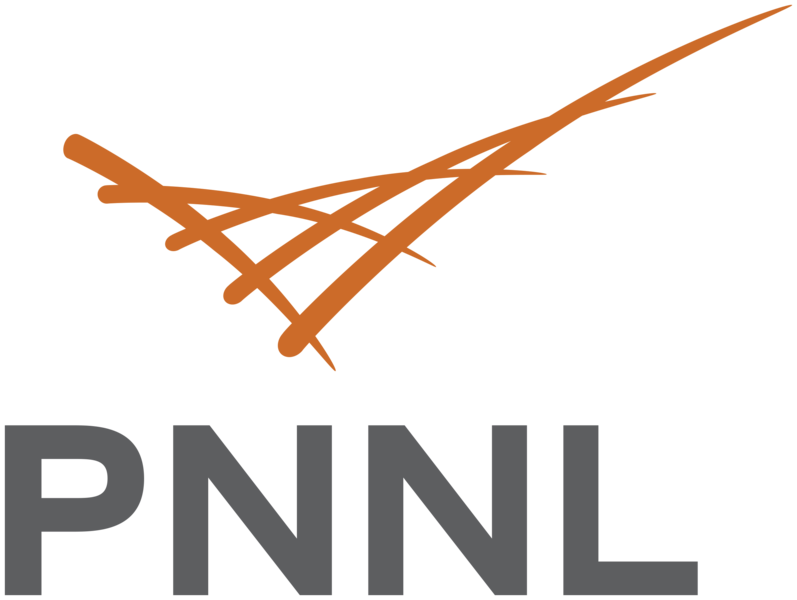Guidelines : Tethered Balloon System Missions
Overview
Please note: Deadlines for both of ARM’s fiscal year 2025 tethered balloon system calls have passed. Below is information on both calls.
In fiscal year 2025 (FY2025), the Atmospheric Radiation Measurement (ARM) user facility plans to conduct approximately six to eight tethered balloon system (TBS) missions using ARM TBS baseline instruments, with missions taking place over two-week periods.
Two ARM TBS calls are now open for FY2025. ARM is accepting preliminary proposals for TBS missions while also participating in a joint TBS call with the Environmental Molecular Sciences Laboratory (EMSL). Like ARM, EMSL is a U.S. Department of Energy Office of Science user facility.
Awarded projects from the ARM/EMSL and ARM-only calls will begin no earlier than October 1, 2024.
ARM/EMSL Call
ARM and EMSL are seeking collaborative research applications through the Facilities Integrating Collaborations for User Science (FICUS) program, which encourages and enables ambitious research projects integrating the expertise and capabilities of multiple user facilities.
Through the new FICUS call, researchers can apply to use EMSL instruments to collect samples of aerosols and volatile organic compounds on ARM TBS flights and then conduct analysis using advanced laboratory techniques at EMSL. For information about the EMSL instruments available for this call, read the ARM/EMSL FICUS FY2025 solicitation.
Researchers can also propose ARM TBS missions as part of the call.
Proposed research should investigate aerosol processes, aerosol-cloud interactions, or land-atmosphere processes over rural, urban, and coastal areas toward improved earth system models and mechanistic representations.
FICUS applicants may propose to analyze samples from past ARM TBS missions or from the three missions already planned for FY2024 at ARM’s Southern Great Plains (SGP) atmospheric observatory in association with a study of organosulfates and organonitrates.
In addition, FICUS applicants may propose FY2025 TBS missions for the SGP, ARM’s new Bankhead National Forest (BNF) observatory in northwestern Alabama, or for a site on Kent Island in Chesapeake Bay, Maryland. The Kent Island site is part of the Coast-Urban-Rural Atmospheric Gradient Experiment (CoURAGE) campaign.
Proposals requesting the EMSL instruments and sample analysis must be submitted to the ARM/EMSL FICUS FY2025 solicitation.
FICUS submissions will require a letter of intent to facilitate the planning of the peer-review process, ensure alignment of proposals to ARM and EMSL missions and capabilities, and assist users in building strong proposals. More information about letter-of-intent requirements is available on this FICUS guidance web page.
Letters of intent are due February 8, 2024. FICUS decisions and invitations for full proposals will be sent by March 4, 2024.
ARM-Only Call
The ARM-only call is for projects that do not require the EMSL instruments and sample analysis. Applicants may propose FY2025 TBS missions for the SGP, BNF, or Kent Island/CoURAGE.
In their preproposals, investigators should provide information on mission expectations as listed in the next section. Preproposals must be submitted through ARM’s Propose a Field Campaign page.
The due date to submit preproposals for FY2025 ARM TBS missions is February 8, 2024. Decisions and invitations for full proposals will be sent by the end of February 2024.
Parameters for Proposing New TBS Missions
Investigators proposing for either call are asked to propose no more than three missions, and requests for multiple missions should be well justified.
Missions are typically up to 14 days in length. The balloon must remain in clear air and below the base of nearby clouds. TBS flights are generally restricted to a maximum altitude limit of 1.5 kilometers above ground level, and an individual flight typically lasts from a few hours to approximately eight hours with varying flight styles.
ARM is seeking permission from the Federal Aviation Administration (FAA) for FY2025 operations at the SGP and BNF sites and for the CoURAGE campaign and will revisit the feasibility of operations at these locations at the full proposal stage. Only daytime operations may be proposed for the BNF and CoURAGE. Daytime or nighttime operations may be proposed at the SGP.
Proposals for new TBS missions in FY2025 should provide details regarding mission expectations, including:
- needed instrumentation
- the flight location (SGP, BNF, or CoURAGE)
- desired season or seasons
- desired time of day
- desired altitude
- the number and duration of flights required
- desired meteorological conditions during the flight
- whether fixed-altitude flights or profiles would be more appropriate for the applicant’s science goals, and where these factors are important for achieving their science goals.
Proposals for flights of non-baseline ARM instruments or guest instruments (including those listed on the TBS baseline instrument web page) will also be considered but will need to be reviewed in consideration of payload constraints.
Research Funding
Get More Information: ARM TBS Webinar
For people interested in participating in either call and/or using TBS data in their research, ARM hosted a TBS webinar on January 16, 2024. The webinar included a discussion on the TBS proposal calls and operating locations. Watch the webinar recording now.
Deployments Timeline
Keep up with the Atmospheric Observer
Updates on ARM news, events, and opportunities delivered to your inbox
ARM User Profile
ARM welcomes users from all institutions and nations. A free ARM user account is needed to access ARM data.


















